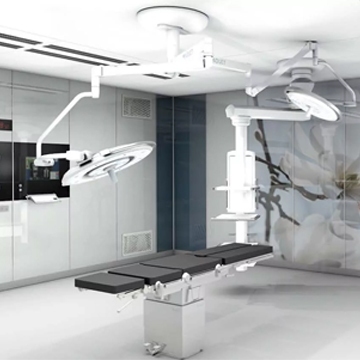Clean rooms for operating rooms and intensive care units
 The concept of what is a clean application, widespread, where the usual special equipment is fixed private mechanical, measures the size, weighing, use of chemicals per unit of air. The design is designed to minimize the introduction and generation of particles within the room.
The concept of what is a clean application, widespread, where the usual special equipment is fixed private mechanical, measures the size, weighing, use of chemicals per unit of air. The design is designed to minimize the introduction and generation of particles within the room.
The control is supplied only by the number of particles per unit of measurement of air concentration; mass concentration does not matter. This property is a distinctive feature of clean rooms. Sizes ranging from 0.1 to 5 microns are taken into account.
The need to use this type of room is due to the selection by personnel, identification, and building structures of a selection of samples that become contaminants. Match room concentrations to established advanced particle movement control capabilities. Ultimately, suitable conditions for the production of products in the food industry.
The use of clean rooms is important for many. the main criterion is the possibility of disrupting the functionality of finished products or limiting the validity period of detecting the smallest foreign particles. This increases the relevance of security stringency regarding the level of cleanliness in a particular room. It is necessary to take into account that the creation of such a room is only part of the activities. It will also be necessary to use equipment for clean rooms and clothing for personnel, which detect a significant amount of polluting elements. Strict adherence to the rules of working in a clean room is also important.
The purpose of cleanrooms is to provide a specified level of airspace cleanliness within the scope of environmentally friendly processes, especially increased sensitivity to pollutants.

